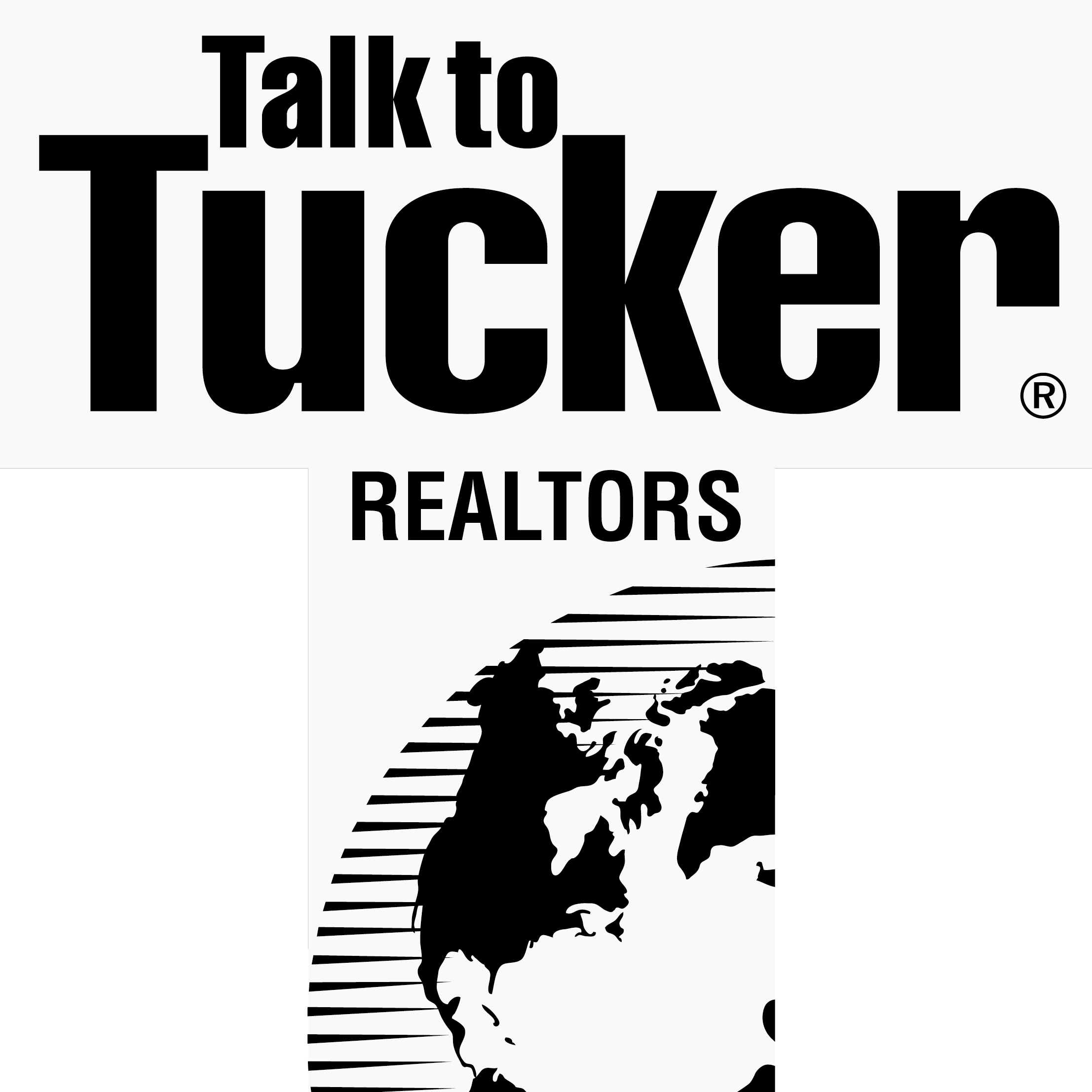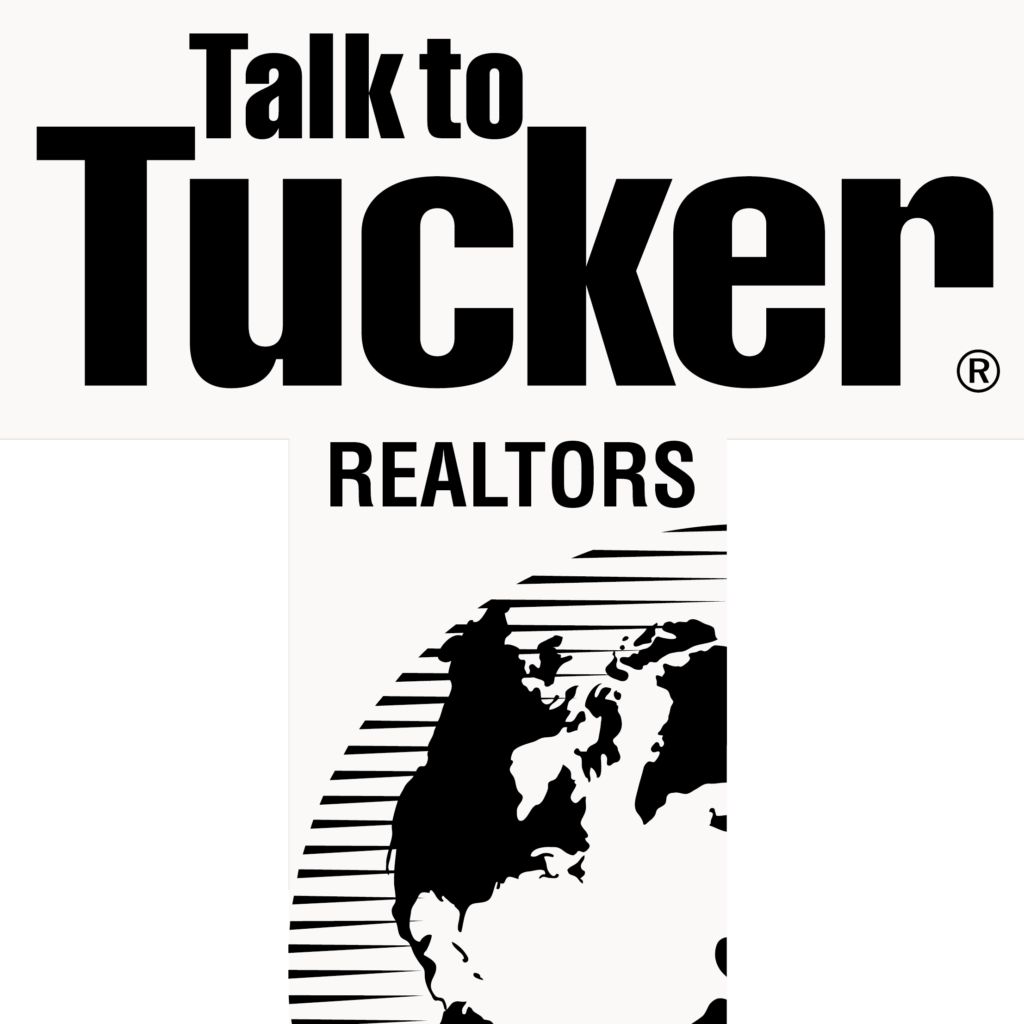Leverage is a powerful tool in real estate investing, allowing investors to amplify their returns by using borrowed capital. One of the most advantageous forms of leverage is favorable, or positive, leverage. This blog will delve into what favorable leverage is, how it works, its benefits, and considerations for real estate investors.


What is Favorable (Positive) Leverage?
Favorable leverage, also known as positive leverage, occurs when the return on the investment property exceeds the cost of the borrowed capital used to finance it. In simpler terms, when the income generated from the property is greater than the interest paid on the loan, the investor experiences positive leverage. This can significantly enhance the return on equity (ROE) for the investor.
How Favorable Leverage Works
To understand how favorable leverage works, it’s important to grasp a few key concepts:
- Return on Investment (ROI): This is the percentage of profit earned from an investment relative to its cost.
- Cost of Borrowed Capital: This is the interest rate or the cost of the loan used to finance the property.
- Return on Equity (ROE): This is the return on the investor’s own capital invested in the property.
Example Calculation
Suppose an investor buys a property for $1,000,000. They put down $200,000 of their own money and borrow $800,000 at an interest rate of 5%. The property generates an annual net operating income (NOI) of $100,000.
- ROI without leverage: NOITotal Investment=100,0001,000,000=10%\frac{\text{NOI}}{\text{Total Investment}} = \frac{100,000}{1,000,000} = 10\%Total InvestmentNOI=1,000,000100,000=10%
- Annual interest payment: 800,000×0.05=40,000800,000 \times 0.05 = 40,000800,000×0.05=40,000
- Net income after interest: 100,000−40,000=60,000100,000 – 40,000 = 60,000100,000−40,000=60,000
- ROE with leverage: Net Income After InterestEquity=60,000200,000=30%\frac{\text{Net Income After Interest}}{\text{Equity}} = \frac{60,000}{200,000} = 30\%EquityNet Income After Interest=200,00060,000=30%
In this case, the ROI without leverage is 10%, but with leverage, the ROE is 30%, demonstrating favorable leverage.
Benefits of Favorable Leverage
- Increased Returns: As demonstrated in the example, favorable leverage can significantly increase the returns on an investor’s equity.
- Tax Advantages: Interest payments on borrowed capital are typically tax-deductible, which can lower the effective cost of borrowing.
- Portfolio Diversification: Using leverage allows investors to purchase more properties with the same amount of equity, diversifying their portfolio and spreading risk.
- Wealth Building: By using borrowed funds to finance property purchases, investors can control larger assets, accelerating wealth accumulation.
Considerations and Risks
While favorable leverage can amplify returns, it’s important to be aware of the risks and considerations involved:
- Market Fluctuations: Real estate markets can be volatile. If property values decline, leveraged investments can quickly become unfavorable.
- Interest Rate Risk: If interest rates rise, the cost of borrowed capital increases, potentially turning favorable leverage into negative leverage.
- Cash Flow Management: Investors need to ensure that the property generates sufficient cash flow to cover loan payments, maintenance costs, and other expenses.
- Over-Leveraging: Excessive use of leverage can lead to financial instability. It’s crucial to strike a balance between maximizing returns and maintaining manageable debt levels.
Strategies to Optimize Favorable Leverage
- Fixed-Rate Loans: To mitigate interest rate risk, consider using fixed-rate loans, which provide predictable payment schedules.
- Thorough Due Diligence: Conduct comprehensive market research and property analysis to ensure the property can generate sufficient income to cover loan costs.
- Conservative Borrowing: Avoid over-leveraging by maintaining a healthy loan-to-value (LTV) ratio and ensuring a comfortable debt service coverage ratio (DSCR).
- Professional Advice: Work with financial advisors, real estate professionals, and lenders to develop a leverage strategy that aligns with your investment goals and risk tolerance.
Conclusion
Favorable leverage is a powerful strategy in the real estate industry that can significantly enhance returns on investment. By borrowing capital at a lower cost than the returns generated by the property, investors can amplify their profits and accelerate wealth building. However, it’s essential to manage the associated risks carefully and adopt strategies to optimize the benefits of leverage.
For personalized advice and assistance in leveraging your real estate investments, feel free to get in touch with us. Our team of experts is dedicated to helping you navigate the complexities of real estate financing and achieve your financial goals.


